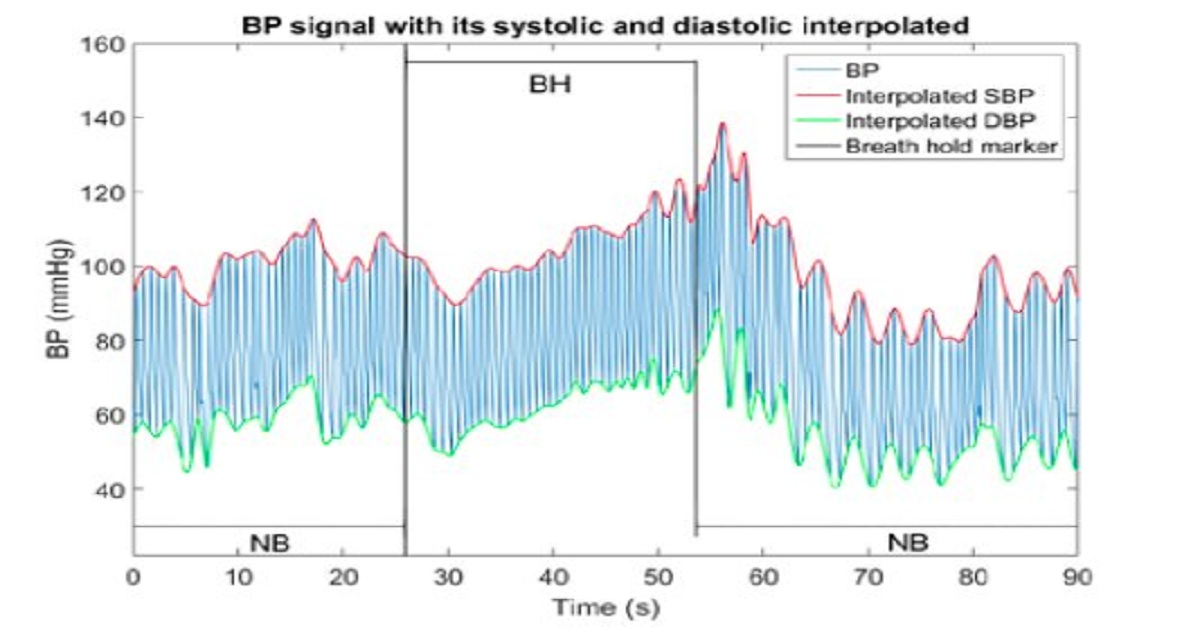Using photoplethysmography signal for mathematical modeling of arterial blood pressure
Tech Xplore | November 26, 2018

A team of researchers at the University of Texas at Arlington and the University of Texas Southwestern have recently developed a new method to estimate systolic (SBP), diastolic (DBP), and mean (MBP) blood pressure waveforms from photoplethysmography (PPG) signals. PPG is a simple, low-cost, and non-invasive optical technique that detects volumetric changes in the blood within the peripheral circulation. PPG is widely used within clinical settings, both for physiological measurement and monitoring.
Recent research has highlighted the presence of significant oscillations in nocturnal blood pressure (BP) among patients affected by obstructive sleep apnea (OSA). The high frequency and intensity of these oscillations, which typically occur during every apnea episode, suggest that studying them could reveal the root causes of the cardiovascular and cerebrovascular comorbidities of OSA.
While the physiological implications of these BP oscillations are still unknown, developing instruments that can detect them and estimate their magnitude remains of key importance. Existing polysomnography instruments do not allow beat-to-beat measurement of BP, yet some do measure oximetry. The PPG signal detected using sleep lab oximeters could help researchers to measure the magnitude of BP oscillations.